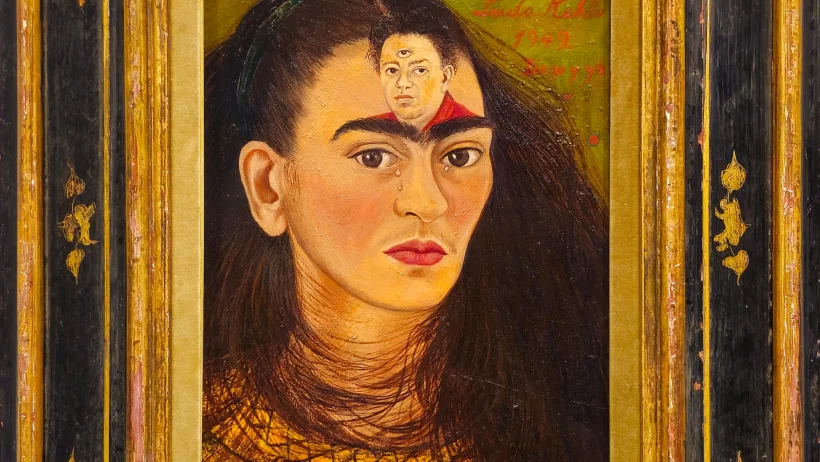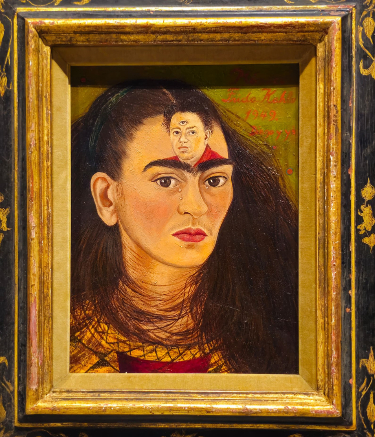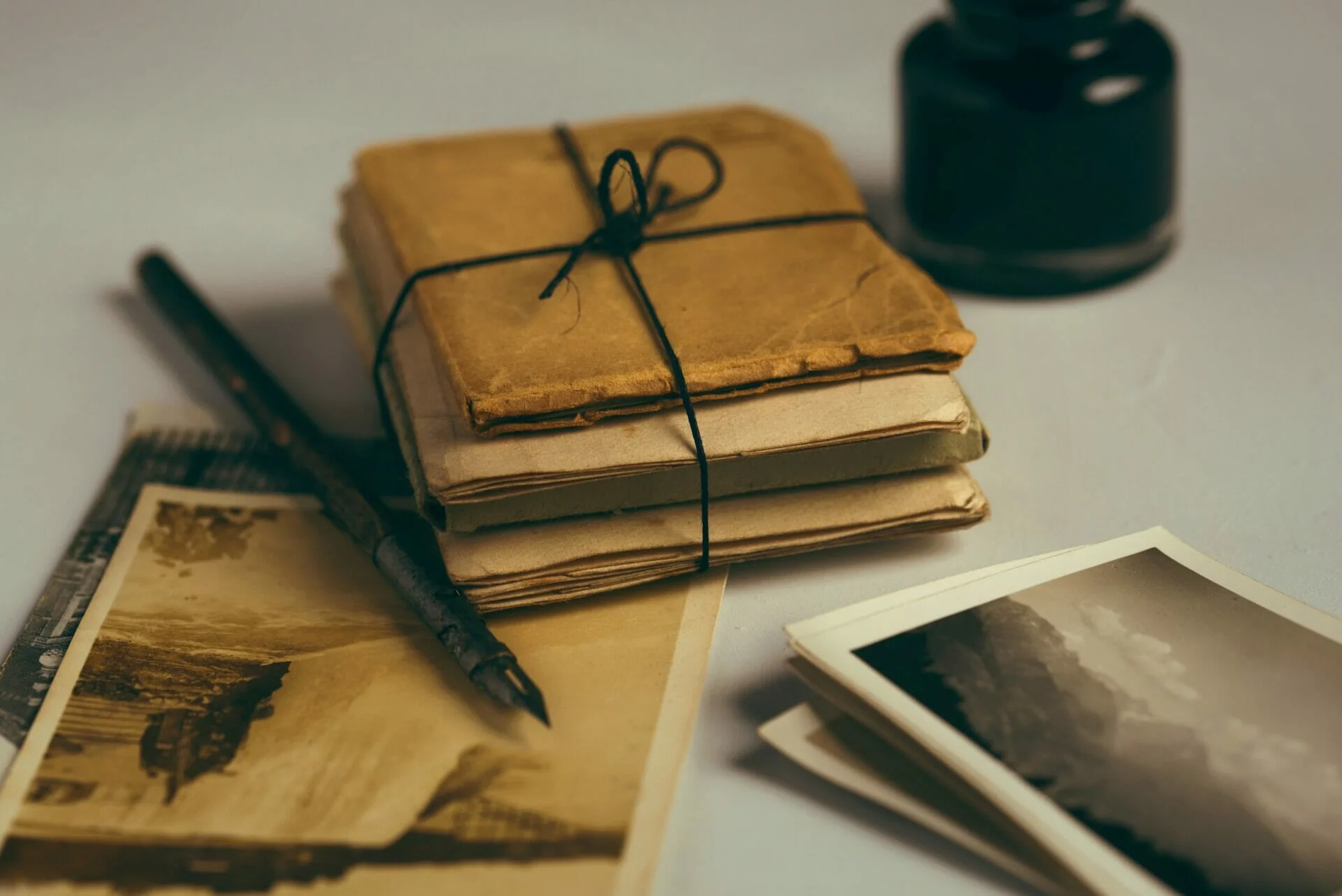
70 years ago, on July 13, Frida Kahlo passed away in Coyoacán, Mexico City at the age of 47. The artist has become an iconic figure of our century, loved, hated, mythologized, and sometimes exploited depending on the situation. Her face is reproduced everywhere, from canvas shoppers to breakfast cups. Her personality has granted her a place among feminist icons, and many successful exhibitions have showcased her numerous works worldwide.
Frida Kahlo beyond the myth
But who was the woman behind the myth? First and foremost, an artist marked from a young age by tragic events. Suffering from birth from spina bifida, when she was only eighteen she survived a severe bus accident that caused fractures throughout her body.
Frida, bedridden for long periods, finds an outlet in painting, which she learns as a self-taught artist, a cathartic means of exorcising pain and giving vent to her deepest emotions. She almost always portrays the only subject she can see, reflected in a mirror: herself. Her paintings are a visual autobiography reflecting her deepest essence and emotions.
For example, in The Broken Column (1944, displayed at the Museo Dolores Olmedo, Xochimilco, Mexico), Frida depicts her pain and suffering, with an Ionic column representing her fractured spine from the accident. The desolate landscape mirrors her inner turmoil.
In The Wounded Deer (1946, held in a private collection), she conveys both physical and emotional pain, along with a yearning to escape reality by identifying with the animals and nature surrounding her in the Casa Azul (Blue House) in Coyoacán, which is now the Frida Kahlo Museum. This was her lifelong home and the place where she chose to have her ashes placed after her death.
The troubled relationship with Diego Rivera
Diego Rivera, a well-known Mexican muralist, was one of the first to recognize Frida Kahlo’s talent as a painter. They got married in 1929, but their marriage was troubled, marked by infidelities on both sides, leading to a divorce and then a remarriage. Despite the turmoil, they seemed to have an unbreakable bond crucial to their artistic and personal lives.

Diego had a significant influence on Frida’s art, sparking her interest in Mexican cultural roots and popular art. He also actively promoted her artistic career, helping her gain recognition and exhibition opportunities in Mexico and abroad.
Frida Kahlo’s influence on feminism and pop stars
However, it wasn’t until a few decades later that Frida became widely known on the global stage. A gradual rediscovery of the artist occurred in the 1970s, largely due to the feminist movement. Frida’s life and work resonated with the movement, as her art depicted themes of suffering, identity, and the role of women in society. This newfound attention propelled Frida to fame, catching the eye of the iconic figure Madonna.
With her financial means, the pop star began acquiring numerous paintings by Frida Kahlo for her private collection. She publicly expressed admiration for the Mexican painter, drawing widespread attention to her art. From the 1980s onwards, Frida ascended to the ranks of contemporary pop icons.
The bond between the singer and the artist has endured over time. During her recent tour’s final stop in Mexico City, Madonna was symbolically embraced by Salma Hayek, dressed as Frida Kahlo. As seen on her Instagram profile, Madonna has described Frida as her eternal muse, supporting her through good times and bad.
Frida’s ability to address topics such as illness, disability, betrayal, identity, and pain has inspired Madonna and many others to view her life as an act of resilience and strength. The relevance of Frida’s works lies in the perfect blend of their unique style and the universality of their themes.
Frida Kahlo today, through the eyes of Maria Grazia Chiuri
Frida’s influence continues to resonate today. Maria Grazia Chiuri, creative director of Dior, chose Mexico as the setting to showcase her Dior Cruise 2024 collection, paying homage to the iconic painter. The collection features embroidered designs inspired by Frida’s works, incorporating vibrant colors and traditional Mexican elements in a contemporary way.
Butterflies, anatomical hearts, flowers, and empowering phrases adorn most garments, reflecting Frida’s artistic style. The show took place at the Antiguo Colegio de San Ildefonso, where the artist studied and met Diego Rivera, emphasizing the connection to her life and legacy.
To sum up, Frida Kahlo is one of the few women artists who, through the strength and depth of her work, has managed to establish herself globally, occupying a leading position in the contemporary cultural and social landscape. Her ability to express the personal and universal challenges of life through art has transformed her into a symbol of resistance and authenticity.
Frida Kahlo continues to inspire and resonate with new generations, solidifying her status as an eternal icon celebrated well beyond the boundaries of her time.






